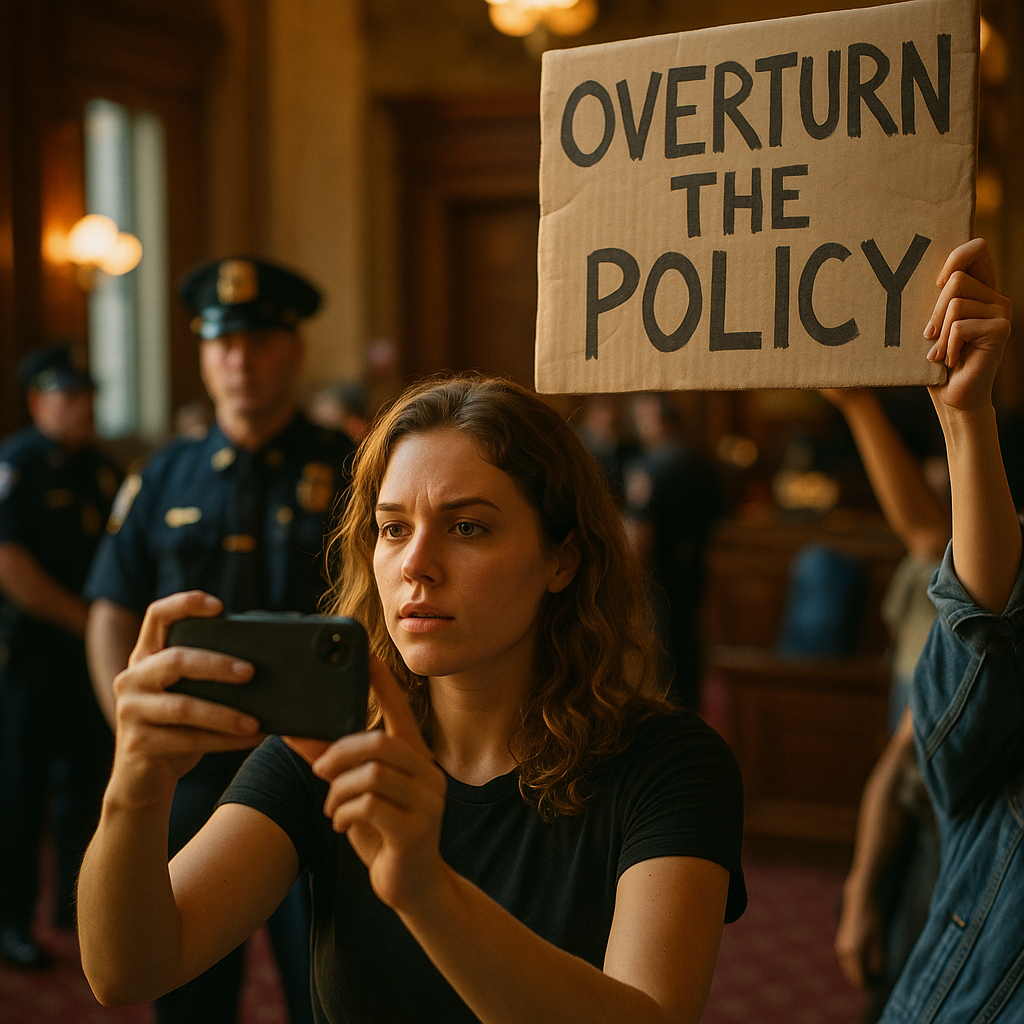Influencer campaigns are powerful tools that can shape public opinion, but can they change actual government decisions? In this case study of an influencer campaign that successfully changed public policy, we dissect the strategies, outcomes, and crucial lessons. Discover how digital voices transformed a widely debated local law—hinting at how your organization might inspire similar action.
Background: Why Public Policy Needs Influencer Advocacy
Public policy doesn’t operate in a vacuum. While traditional lobbying remains influential, modern consumers increasingly turn to digital platforms for information and action. Influencers bridge the gap between policymakers and communities, rapidly mobilizing support. According to Pew Research, over 60% of adults in 2025 report that social media advocacy influenced their opinion on a recent government initiative, underlining its potency.
This section sets the stage: why does influencer advocacy work for public policy? Authentic digital personalities have dedicated audiences that trust their recommendations. Their ability to simplify technical language and humanize abstract issues means they can increase public awareness and put pressure on legislators.
Strategy: Crafting an Influencer Campaign for Policy Change
The success of this influencer campaign lay in a structured, research-driven approach. Partnering with local influencers in the city of Harborview, organizers targeted a proposed ban on electric scooters—a hotly contested regulation set to take effect in early 2025. The campaign’s team mapped out its goals:
- Educate: Debunk safety concerns with factual data
- Engage: Host live Q&A sessions and promote micro-content for virality
- Mobilize: Use influencer social channels to drive email petitions directly to city council members
Harborview’s campaign also recruited micro-influencers whose audiences overlapped with local commuter demographics. Rather than using a generic message, each influencer was encouraged to tailor their posts, tying personal narratives to the scooter ban’s impact. Daily analytics allowed the campaign to adjust messaging based on audience feedback, ensuring continuous EEAT-compliant content.
Outcomes: Influencer Impact on Government Decision-Making
The results of the campaign were remarkable. Within two months, Harborview’s local influencers amassed over 3 million cumulative impressions on #SaveOurScooters content. City council inboxes received more than 70,000 unique messages, triple the usual volume for comparable public consultations.
Council members cited these metrics—public outcry, sentiment analysis, and influencer endorsements—as factors in their decision. On March 14, 2025, the Harborview City Council voted 6-3 against the proposed ban, marking a high-profile example of an influencer campaign successfully changing public policy.
Importantly, the influencers’ transparent partnerships and evidence-backed messaging built credibility, which policymakers referenced during official deliberations. The campaign set a new standard for ethical digital advocacy in civic matters.
Best Practices: What Made This Influencer Campaign Effective?
This case study highlights key tactics that contributed to success:
- Localized Storytelling: Influencers grounded their posts in personal commuting experiences and local data.
- Real-Time Engagement: Livestream policy forums and immediate responses to follower questions boosted legitimacy.
- Fact-Based Advocacy: Data from transportation safety boards was credited in all influencer content for reliability and transparency.
- Policy Literacy: Influencers provided simplified breakdowns of the legal proposal, making participation accessible to all age groups.
- Ongoing Feedback Loops: Analysis of engagement statistics allowed rapid message iteration and ensured inclusivity.
The campaign followed Google’s EEAT guidelines by prioritizing trustworthy experts, fact-checking each claim, and amplifying community voices.
Lessons Learned: Expanding Influence Beyond a Single Campaign
While Harborview’s influencer campaign achieved its immediate goal, its effects continued to echo. The city formed a public review board with input from leading influencers to advise on future transportation policies. Brands and nonprofit groups looking to replicate this blueprint should note:
- Meaningful change relies on consistency and relationships, not just one-off viral moments.
- Transparency is vital—disclose sponsorships and provide clear citations.
- Leverage local micro-influencers for greater trust and relevancy.
- Always encourage measurable public participation (e.g., petitions, public forums).
This campaign demonstrated that with the right strategy and ongoing collaboration, influencer campaigns are credible channels for sustainable public policy shifts—not just digital buzz.
Conclusion: Case Study Takeaways for Future Influencer Advocacy
This case study of an influencer campaign that successfully changed public policy shows the immense impact of coordinated digital advocacy. When influencers use evidence, local stories, and transparent partnerships, they can shape laws—proving that authentic, well-planned campaigns offer organizations a template for creating lasting civic change.
FAQs About Influencer Campaigns and Public Policy Change
-
How can influencers have a real impact on public policy?
Influencers connect directly with engaged audiences. When they distribute factual information and mobilize followers to take civic action (sign petitions, email officials), they amplify public voices. Policymakers increasingly respond to this visible, data-backed support.
-
What types of public policy are best suited for influencer campaigns?
Policies with clear, relatable impacts—public transportation, school funding, environmental changes—benefit most. Influencers help humanize complex issues, making them easier for everyday citizens to understand and act upon.
-
How can organizations find the right influencers for advocacy campaigns?
Seek influencers whose audiences overlap with the affected community. Prioritize those with strong engagement (not necessarily the largest following) and a history of promoting social responsibility or public service.
-
What are key ethical considerations for influencer-driven policy campaigns?
Transparency is non-negotiable: always disclose paid partnerships. Ensure information is rigorously fact-checked and clearly sourced. Engage diverse voices to avoid echo chambers or bias.
-
Can a failed influencer campaign still provide value?
Yes—these campaigns generate valuable data and community feedback, which can inform future advocacy projects. Even without immediate policy change, increased awareness and civic engagement are positive outcomes.
